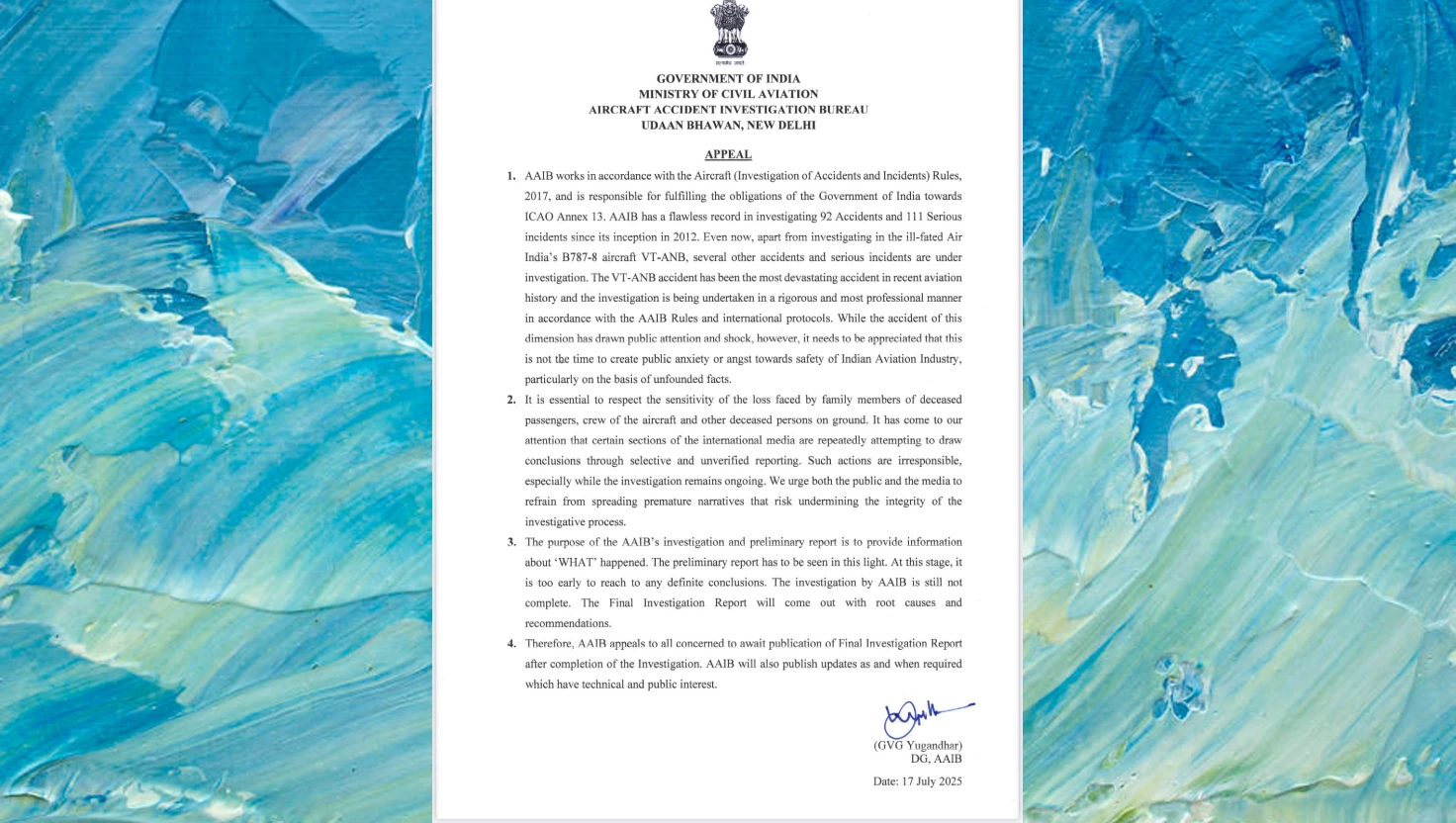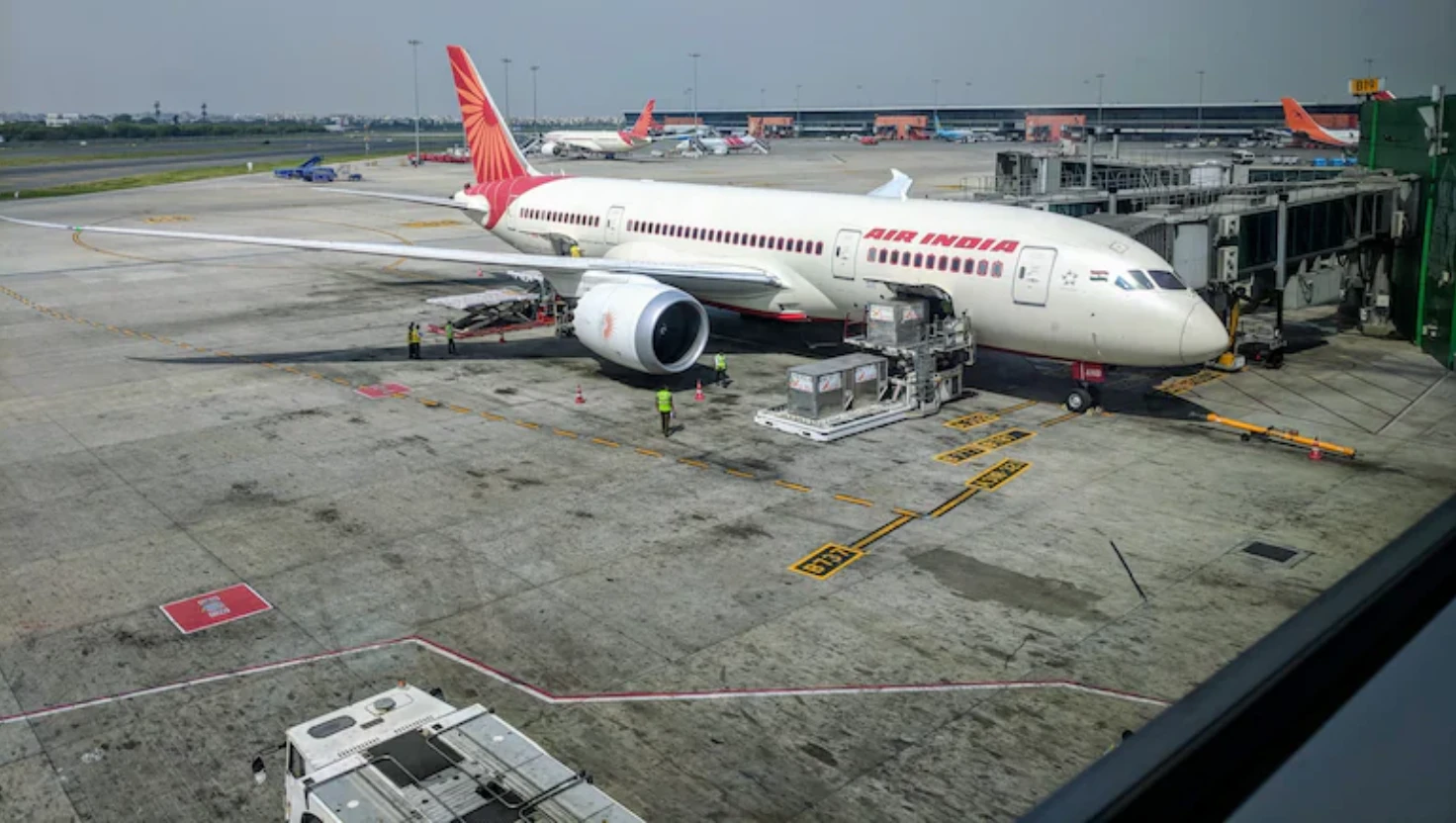India-UK Apparel Trade Set to Double Under New Free Trade Deal

India's apparel and home textiles exports to the United Kingdom are forecast to double over the next five to six years, following the signing of a long-anticipated Free Trade Agreement (FTA) between the two countries, according to a report by Indian credit rating agency ICRA.
India-UK apparel and home textiles trade expected to double by 2030 as new free trade agreement removes tariffs on 99% of Indian exports.
India's apparel and home textiles exports to the United Kingdom are forecast to double over the next five to six years, following the signing of a long-anticipated Free Trade Agreement (FTA) between the two countries, according to a report by Indian credit rating agency ICRA.
The agreement, concluded on 6 May 2025 after nearly three years of negotiations, is expected to take effect in calendar year 2026 pending legal review. Once operational, it will significantly reduce or eliminate tariffs on a wide range of goods traded between India and the UK, offering Indian exporters a competitive advantage in one of Europe’s largest consumer markets.
Major Tariff Reductions Anticipated
Under the FTA, India will gradually cut tariffs on 90% of British goods, with 85% becoming entirely duty-free over a decade. In return, the UK will remove tariffs on 99% of Indian exports, including apparel and home textiles. This tariff liberalisation is expected to boost trade volumes across both economies, particularly in sectors where import duties have previously hindered price competitiveness.
"India's apparel and home textiles trade with the UK is expected to double from its current levels in the next 5–6 years, owing to the recently concluded FTA," ICRA stated in its report.
The agreement is particularly significant for India’s textile sector, which is seeking to expand its footprint beyond traditional markets such as the United States and the European Union.
India Aims to Close Gap with Major Exporters
India currently ranks fifth among the UK’s apparel and home textiles import sources, with total exports to the UK valued at USD 1.4 billion in calendar year 2024. This represents 6.6% of the UK's total textile imports.
However, India faces stiff competition from other countries with preferential or duty-free access. China leads the UK market with a 25% share, followed by Bangladesh at 22%, Turkey at 8%, and Pakistan at 6.8%. These countries have benefitted from either lower labour costs or existing trade arrangements.
Presently, Indian textiles face UK import duties of between 8% and 12%. The FTA’s removal of these tariffs could position Indian exporters on par with Bangladesh, Vietnam, and Pakistan, all of which currently enjoy duty-free status under various trade frameworks.
Trade Potential and Future Projections
India’s share in the UK’s textile import market has held steady at 7–8% over the past five years. With the FTA in place, ICRA projects that this share could rise to 11–12% by 2027, reflecting a compound annual growth rate (CAGR) of 11% from 2024 onwards.
To meet anticipated demand, Indian manufacturers are expected to expand production capacities in the next four to five years. These investments could further support India’s employment and industrial output, especially in key textile-producing states.
Although India currently accounts for only around 2% of the UK’s total trade, both governments have indicated that the FTA could serve as a foundation for broader economic cooperation.
Expanding Global Reach
The Indian apparel and home textiles sector has historically relied on the United States and European Union, which together accounted for 61% of exports in 2024. While the UK has remained a relatively stable market for Indian exporters, the FTA could revitalise the trade relationship and contribute to New Delhi’s broader push to diversify export destinations.
According to analysts, the agreement aligns with India's long-term goal of increasing its global manufacturing share, while allowing British firms greater access to India's growing consumer market.
The FTA is also seen as a post-Brexit opportunity for the United Kingdom to strengthen trade ties with Commonwealth partners and high-growth economies such as India.
Conclusion
The India-UK Free Trade Agreement marks a pivotal moment for the textile industries in both nations. With duties set to be phased out and trade barriers lowered, the deal offers Indian exporters a critical opportunity to expand their presence in the UK market, while providing British companies improved access to one of the world’s fastest-growing economies.
Pending legal formalities, the agreement is expected to take effect in 2026 and begin reshaping bilateral trade flows soon after.

Reliance Retail acquires Kelvinator, The Coolest One
Reliance Retail has purchased the Kelvinator brand from Electrolux for nearly ₹160 crore, aiming to strengthen its position in India's consumer durables market.
| 2025-07-19

Saiyyara has shattered every myth about launching newcomers. No big names, no big PR
Madhur Bhandarkar praises debut film 'Saiyaara' for its raw talent and storytelling, marking a shift in Bollywood's approach to newcomers.
| 2025-07-19

India slams reports blaming pilots for Air India crash
India's AAIB disputes US media assertions regarding Air India AI 171 crash, highlighting ongoing investigation and sensitivity towards victims' families.
| 2025-07-18

India Secures Four-Wicket Win in ODI Series Opener Against England
India achieves a four-wicket victory over England in the ODI series opener, led by Deepti Sharma's unbeaten 62 runs.
| 2025-07-17

Air India inspection claims no problems found with Boeing 787 fuel control switches
Air India has conducted thorough inspections of its Boeing 787 fuel control switches, reporting no problems following a DGCA directive.
| 2025-07-17




